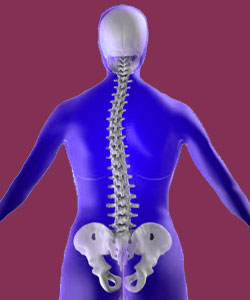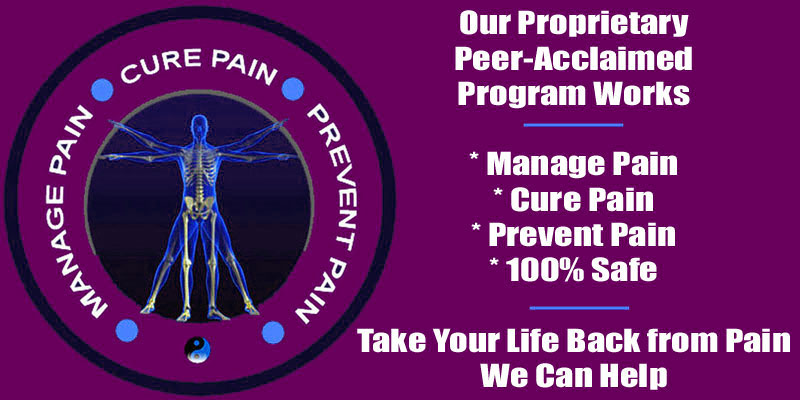
What is scoliosis? This question is often asked by newly diagnosed patients or their parents. Scoliosis is a relatively common spinal structural condition that affects approximately 3% of people worldwide. Scoliosis is not considered to be pathological, although some cases can become so if they progress to create health problems or pain.
Scoliosis is a condition that can affect people from every walk of life at any age. Although there are common and uncommon patient profiles, no one is immune to the possibility of experiencing scoliosis at some point during life. Some people are born with scoliosis, while others are born with tendencies to develop scoliosis later on. Some people develop scoliosis as an infant or child, but most will begin to demonstrate the signs of the condition between the ages of 10 and 18. Some adults will also develop scoliosis, which can occur at any age, but tends to happen in greater concentrations in the elderly demographic.
If you are interested in learning more about scoliosis, this resource section is a great place to begin. In this chapter of the website, we will explore scoliosis at a basic level and provide answers to the common questions concerning its nature and characteristics.
Answering the Question: What is Scoliosis?
Let’s start simply: Scoliosis is best characterized as one or more atypical sideways bends in the spinal column. The human spine is designed to be almost perfectly straight when viewed from the direct back or front, also known as the coronal or frontal plane view. Scoliotic spines break from this natural design in that they demonstrate single or multiple abnormal curvatures side-to-side. Scoliosis curvatures can be classified as C-shaped curves when a single atypical curvature exists or S-shaped curves when multiple atypical curvatures are present.
Furthermore, scoliosis also generally involves abnormalities in other spinal curvatures, such as the various lordotic and/or kyphotic curvatures of the spine. Scoliosis often involves exaggeration of some of these front-to-back curvatures and deficiencies in others. The evidence of these structural changes can be seen when examining the body from the side-on point of view, also known as the sagittal plane.
Finally, scoliosis usually involves rotation of one or more vertebral bones, creating abnormalities in the spine when viewed from the above or below points of view, also called the transverse plane. A normal human spine will demonstrate a harmonious straight alignment of the vertebral bones when viewed from above or below, but scoliosis can make vertebrae twist, pointing their dorsal processes off center to varying degrees.
To simplify the answer to the question, “What is scoliosis?” we can say that side-to-side changes in typical form are universal, while atypical changes in lordosis, kyphosis and rotation are virtually always present to some extent.
Discussions Covering Scoliosis
In the topical essays below, we will expand our coverage of scoliosis to include far more detailed information about specific attributes of the condition related to definition and facts. In order to really understand scoliosis, we highly recommend reading all of these dialogs before progressing further into the other resource sections of this web encyclopedia. New related essays will be added below as each is published:
Are you looking for a simple scoliosis definition? We provide it using a factual point of view, devoid from extraneous opinion or editorial content. Our scoliosis explanation goes beyond simple definition and provides a glimpse at atypical spinal curvature from a scientific anatomical point of view.
Scoliosis facts are often a gray area for many diagnosed patients. There is certainly much mythology about the condition still in circulation within the medical system and in general common-lore knowledge. We clarify the real facts to be certain that all readers are prepared to manage their spinal curvatures.
Scoliosis information should always be sought from expert sources. Be wary of taking guidance from just any person when it comes to scoliosis, since even among doctors, the facts of the condition are not always clear. Always look to a specialist from the best coverage of the condition.
Scoliosis research is still a hot topic in orthopedic medicine, even after many years and countless projects completed. There is much that research science still does not know about the causes of, symptoms of and best therapies for scoliosis.
Scoliosis advice must be judged on its source. Expert and objective advice is hard to come by, which is why we have made this completely free community available to all of our readers. Please benefit from our extensive experience as both patients and care providers.
Scoliosis news is always changing the accepted view of the condition. Stay up-to-date on the latest happenings in the scoliosis diagnosis and treatment industry by enjoying this regularly updated article.
Does your child have scoliosis? Do you know what you need to do in order to be sure that they receive the best treatment with the fewest risks to mind and body? If you are a parent, this essay is a must read.
Why is scoliosis more common in girls? This is a great question and we provide the answers!
Why does scoliosis progress in girls? This is an important follow up to our post above.
Learn all the facts about why scoliosis in women is more frequently observed and of worse severity than in men.
Check out our scoliosis FAQ for some very personal answers to the most frequently asked questions we receive regarding atypical spinal curvature on The Cure Back Pain Network.
Summarizing What is Scoliosis?
Scoliosis is not a back pain diagnosis, because the condition is not inherently pathological in any way. Scoliosis is merely a diagnostic term that identifies structural abnormality when compared to textbook ideal. However, since about 3 out of every 100 people demonstrate scoliosis, the condition is considered to be very common statistically and is usually a complete nonissue from a health standpoint.
The goal of the continuing coverage of scoliosis on this website is not to frighten or intimidate patients or their families. Instead, we will provide completely objective looks at the various aspects of scoliosis in relation to its causes, signs, potential symptoms, diagnosis and treatment. We guarantee that after reading the content of this niche website, you will be well prepared to navigate the complexities of the medical system in relation to a diagnosis of scoliosis and will certainly be more than fully capable of answering the question, “What is scoliosis?” for yourself.
There is an excellent scoliosis section on the original Cure-Back-Pain.Org website. This resource contains fascinating and proprietary research on lateral spinal curvature found nowhere else.
Scoliosis > What is Scoliosis?






